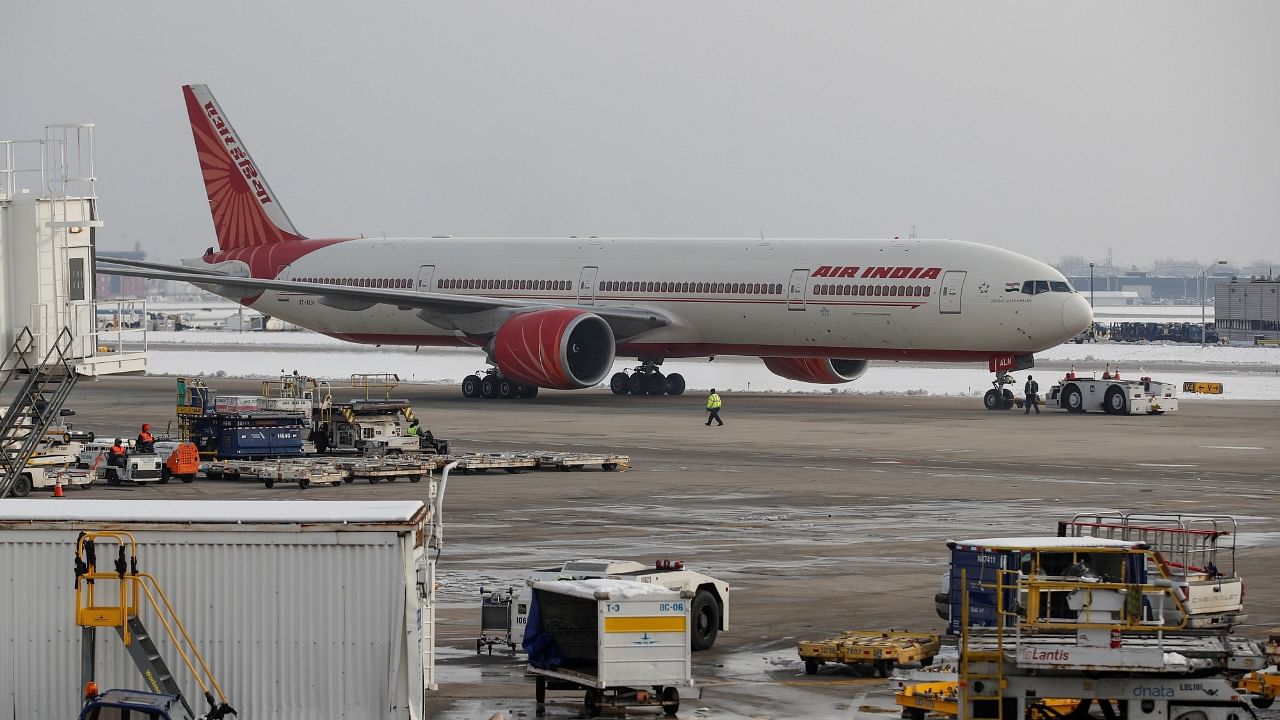
The civil aviation ministry has allowed Indian airlines to take wide-body planes on wet-lease for up to one year as it pursues efforts to make the country a key international hub for air traffic.
Citing a senior ministry official, PTI reported that the rules were relaxed, allowing airlines to wet-lease wide-body planes for a year based on specific requests, as opposed to the six months currently.
What is wet-leasing?
According to OAG Aviation, the technical term for wet-leasing is ACMI, which stands for aircraft, crew, maintenance and insurance. This means the airline leasing the plane from another carrier gets not just the vehicle, but also its crew, maintenance staff and insurance, but has to cover operating costs, such as fuel and airport fees, on its own.
On the other hand, dry leasing means that the airline leases only the vehicle and uses its own staff to run and maintain it. There is also a middle ground called damp leasing, wherein the airline wet-leases a plane, but uses its own cabin crew.
Why do airlines wet-lease?
Airlines rely on wet-leasing when they want to ensure smooth operations during peak times, to deal with delays, or as a means of testing new routes. Wet-lease aircraft also serve as a means of reducing service disruption in the event of unforeseen situations such as a lack of available crew or technical faults, and to counter potential surges in airfares.
Another reason why airlines wet-lease is to save costs on airplanes. Wet-leasing allows them to avoid massive lumpsum payments that upfront purchases involve. For example, purchasing a Boeing 777, one of the most popular wide-body planes currently in use, could set an airline back as much as Rs 3,610 crore ($440 million) depending on the variant. Wet-leasing would allow carriers to add the plane to their fleet for a shorter duration at far lower costs, depending on the airline they are leasing from.
Why has the government issued the relaxation?
The civil aviation ministry’s decision came on a request by the country’s largest airline, IndiGo.
"We have plans for inducting Boeing 777 aircraft on wet/damp lease basis during the current winter schedule," the airline said, adding that it is currently working on finalising the contract for the wet/damp lease. Last month, aviation regulator DGCA permitted IndiGo to wet lease wide-body Boeing planes from Turkish Airlines for up to six months.
Air India, which was acquired by Tata group in January this year, is being stabilised and will take more time before they acquire more wide-body planes, a ministry official said. For now, Air India is dry leasing planes as it expands operations.
(With agency inputs)